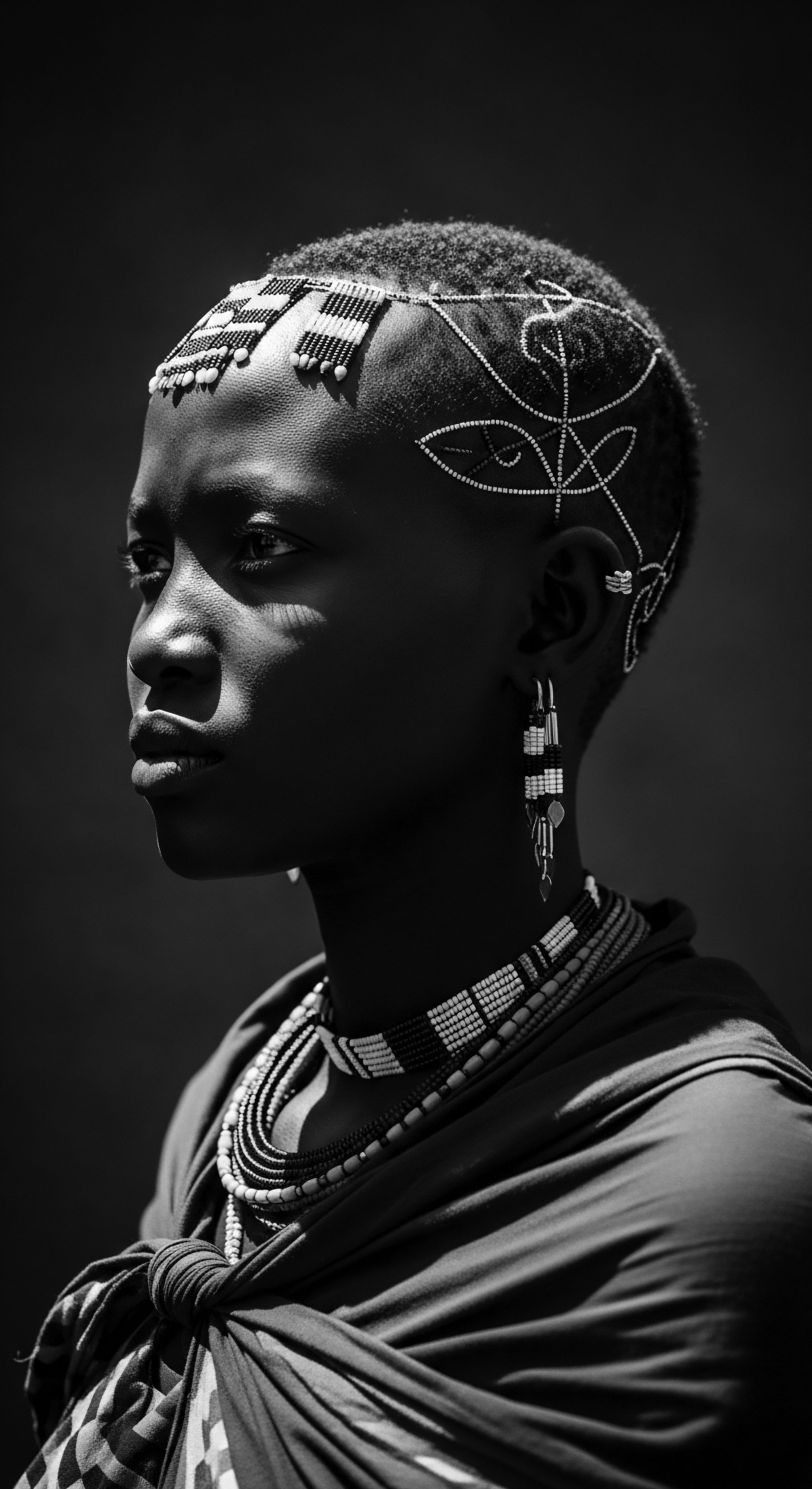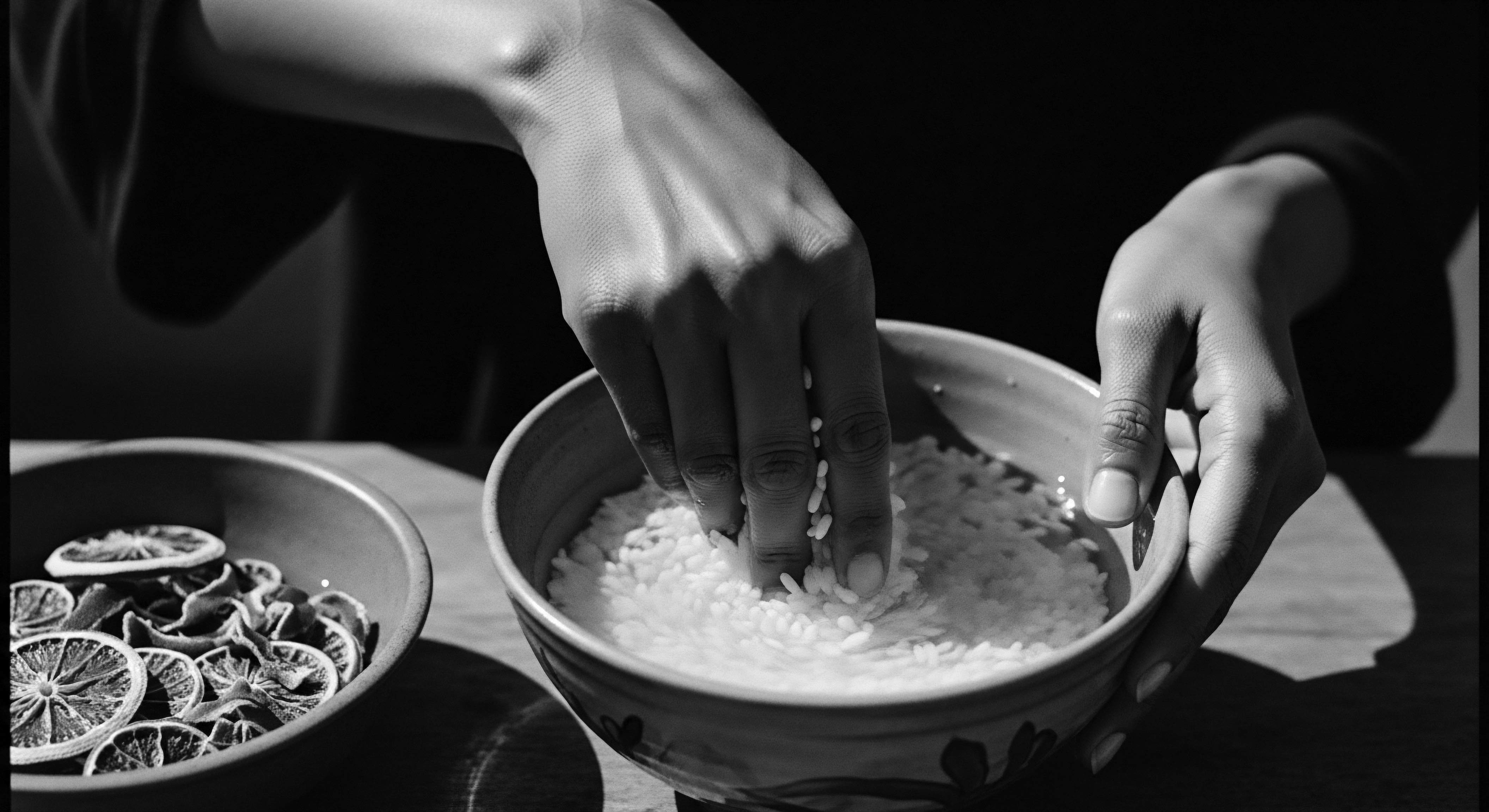
How do oils affect hair moisture retention?
Oils preserve hair moisture by forming a protective layer, a practice rooted deeply in textured hair heritage.
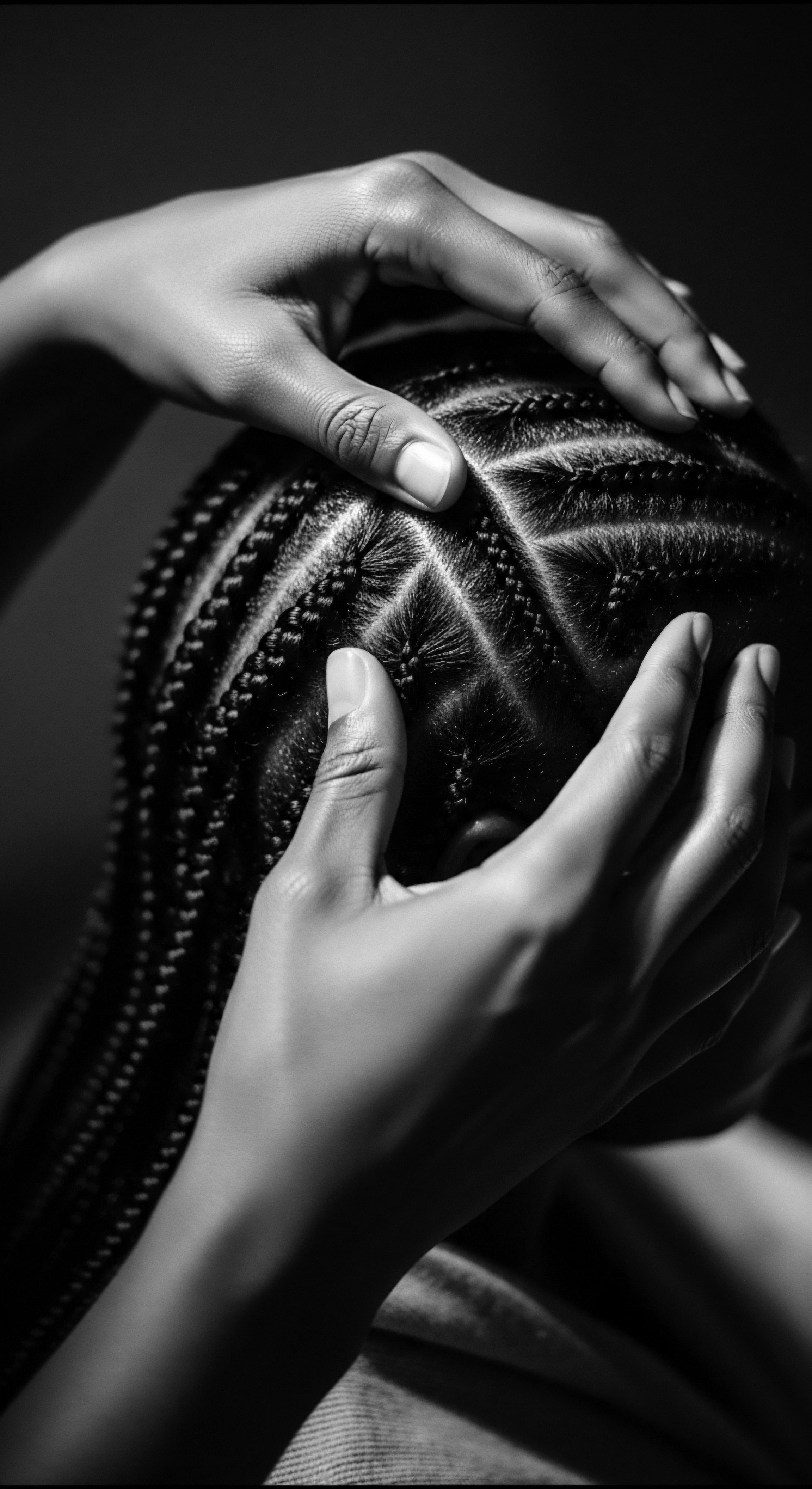
In what ways do historical braiding techniques connect to modern hair science?
Historical braiding techniques serve as intuitive ancestral science, protecting strands and informing modern textured hair care.
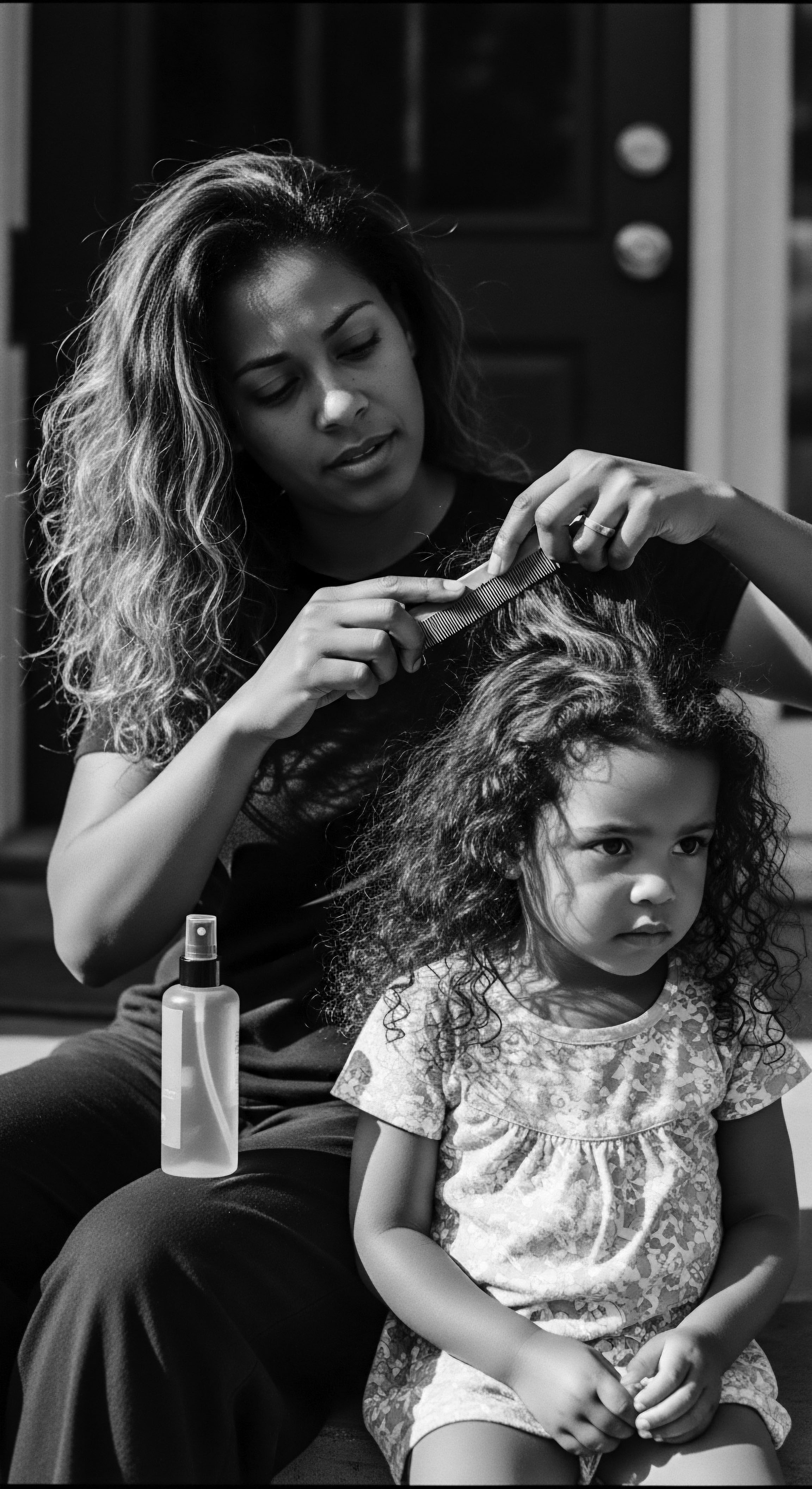
How do historical styling practices inform modern textured hair care routines?
Historical styling practices inform modern textured hair care by transmitting ancestral wisdom concerning hair's inherent qualities, protection, and deep cultural meaning.

What is the heritage of cornrow braids?
Cornrow braids carry a heritage spanning millennia, signifying identity, communication, and resilience within textured hair communities.

What ancestral materials formed early textured hair combs?
Early textured hair combs were crafted from abundant natural materials like wood, bone, ivory, and shell, reflecting a profound heritage.
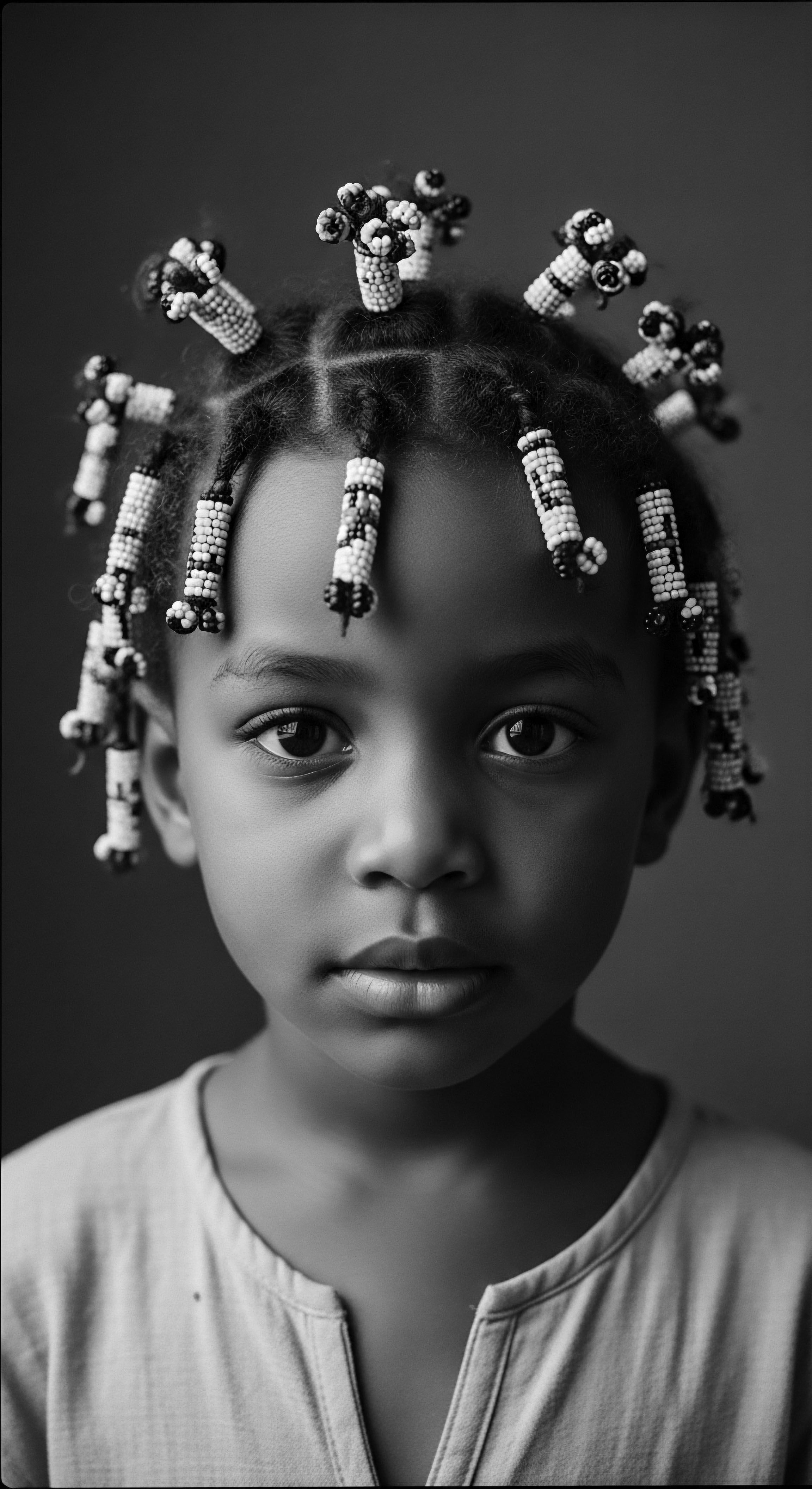
Can historical hair practices offer insights into modern textured hair routines?
Historical hair practices offer ancestral wisdom, providing a heritage foundation for modern textured hair routines.

